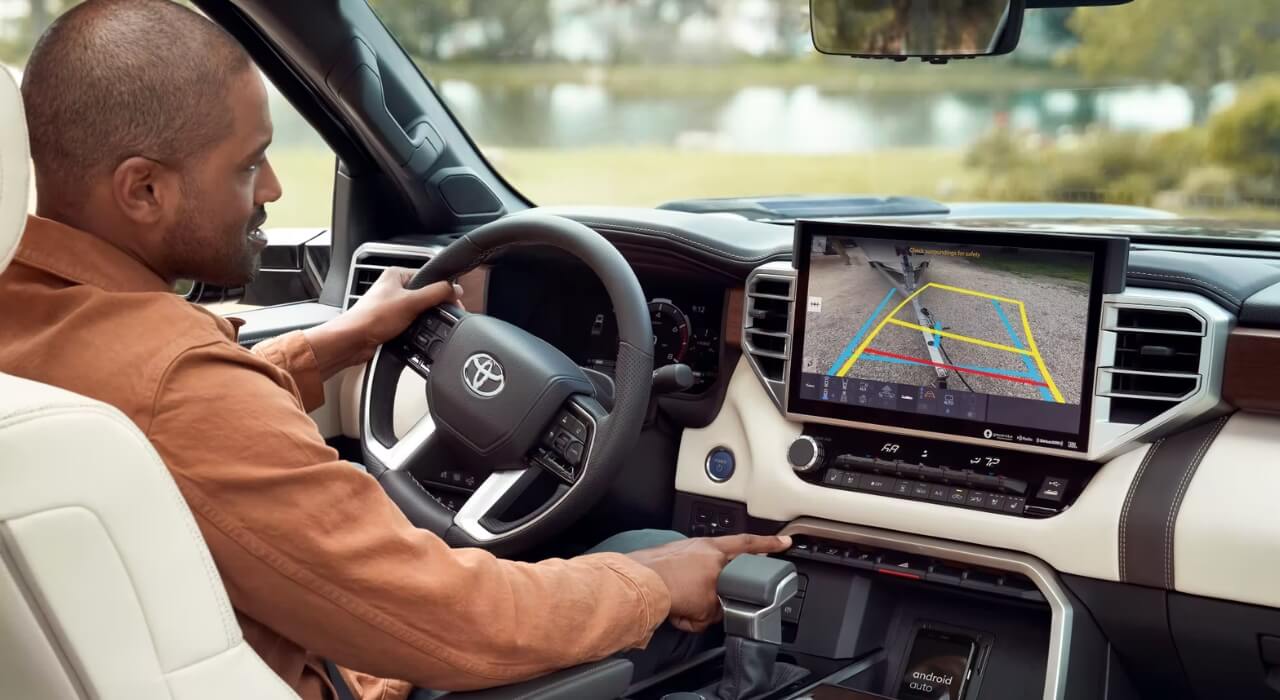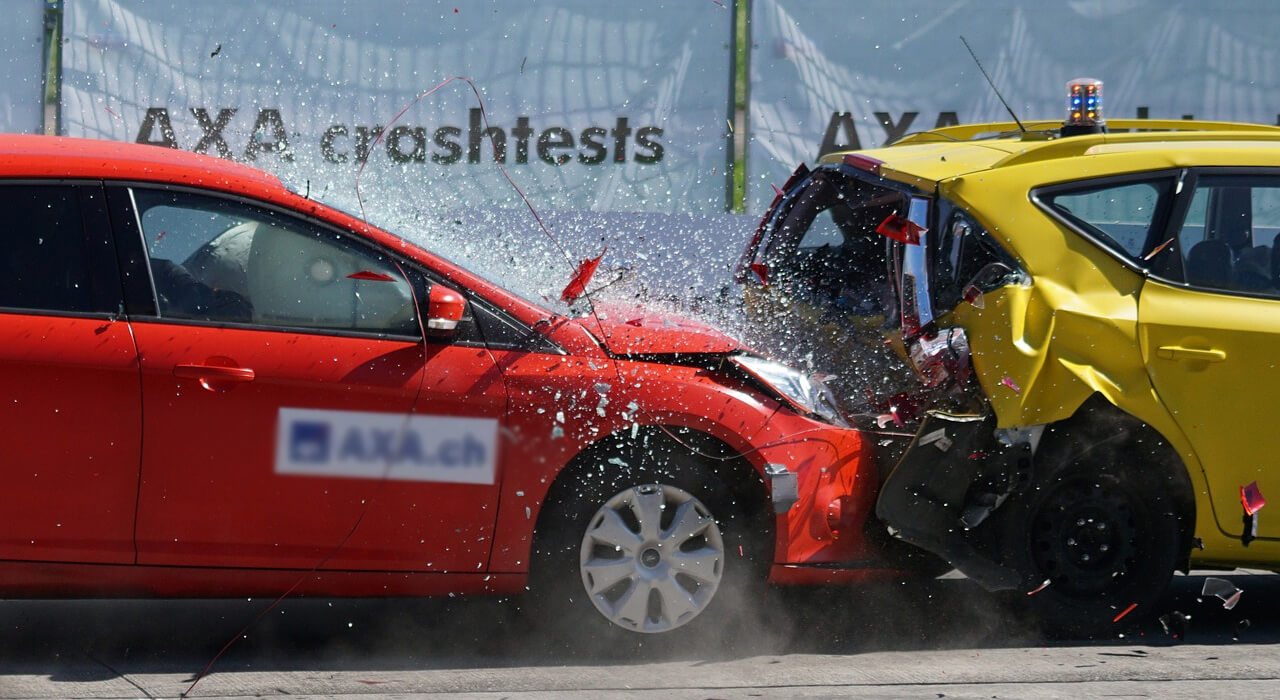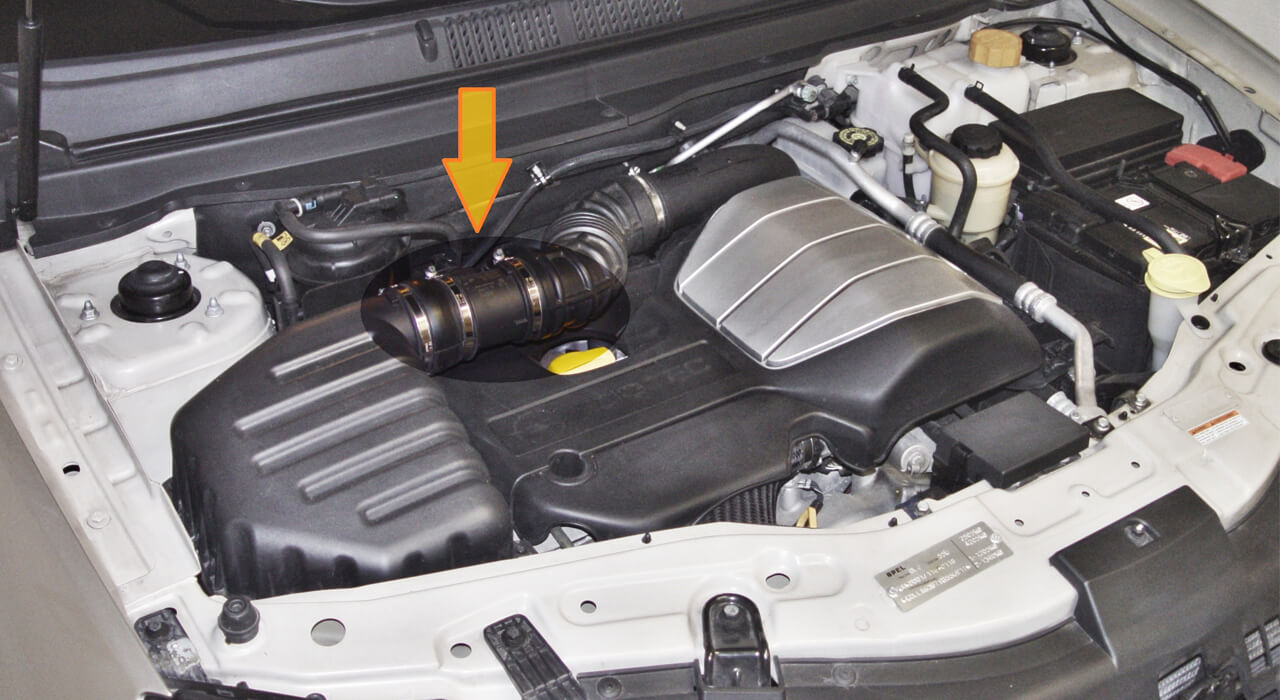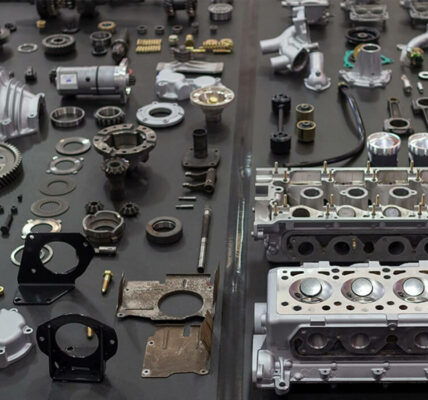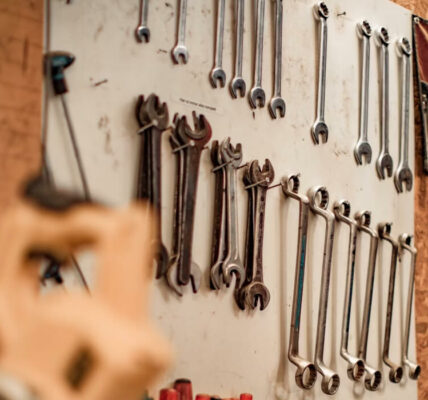The quest for safer roads has been a driving force behind the evolution of car safety testing. Personal injury attorneys at Fiedler Deutsch, LLP note that car-related injuries are a leading cause of death and severe injury for people. Over the years, advancements in technology and engineering have led to dramatic improvements in vehicle safety standards.
From the early days of crash test dummies to the cutting-edge virtual simulations of today, car safety testing has come a long way. Take a look into the fascinating journey of how car safety testing has evolved to ensure the protection of drivers, passengers, and pedestrians.
Early Days: Crash Test Dummies and Basic Testing
In the early days of automotive safety, crash test dummies emerged as indispensable tools for assessing the impact of collisions on human bodies. These anthropomorphic dummies were equipped with sensors to measure forces experienced during crashes, helping researchers understand the potential injuries sustained by occupants.
These rudimentary tests paved the way for the implementation of safety measures like seatbelts, airbags, and crumple zones.
Advancements in Biomechanics Research
As our understanding of human anatomy and injury mechanisms grew, car safety testing became increasingly focused on biomechanics. This field delved into how the human body responds to impacts, aiding in the design of restraint systems and structural enhancements. Biomechanical research informed the development of features like energy-absorbing materials and head restraints, crucial for mitigating injuries in rear-end collisions.
Rise of Computer Simulation
The late 20th century brought a significant shift in car safety testing with the advent of computer simulations. These simulations allowed engineers to model various crash scenarios and assess the potential outcomes without physical testing.
Suggestion: Best 400 HP Cars Under 10k Dollars
The ability to replicate real-world collisions in a virtual environment accelerated the design process and enabled rapid iteration of safety features. Computer simulations also played a pivotal role in optimizing vehicle structures and restraint systems.
Crash Test Ratings and Standardization
The 1980s saw the rise of standardized crash tests, providing consumers with easily comparable safety information for different vehicles. Organizations like the National Highway Traffic Safety Administration (NHTSA) and the Insurance Institute for Highway Safety (IIHS) introduced standardized tests, including frontal and side impact tests, as well as evaluations of rollover resistance. These crash test ratings have empowered consumers to make informed decisions about vehicle safety.
Virtual Simulations: Redefining Car Safety Testing
In recent years, virtual simulations have reached unprecedented levels of sophistication. Advanced computer modeling, combined with detailed vehicle data and human body simulations, enables engineers to predict injury risks more accurately than ever before. Virtual simulations allow for testing a wider range of scenarios, including rare and extreme accidents that would be challenging to replicate physically.
Real-time simulations also enable the assessment of advanced driver assistance systems (ADAS) and autonomous driving algorithms. Engineers can evaluate how these systems respond to critical situations, ensuring that they contribute positively to overall road safety.
The evolution of car safety testing has been nothing short of remarkable. From crash test dummies providing invaluable data to the inception of computer simulations that mimic real-world conditions, each step has brought us closer to the goal of minimizing accidents’ human toll. As mentioned by the accident attorneys at Nevarez Law Group, thanks to these advancements, modern vehicles are equipped with an array of safety features that save lives and prevent injuries, although they aren’t perfect. As technology continues to evolve, car safety testing will undoubtedly remain at the forefront of innovation, fostering a safer driving environment for all.









